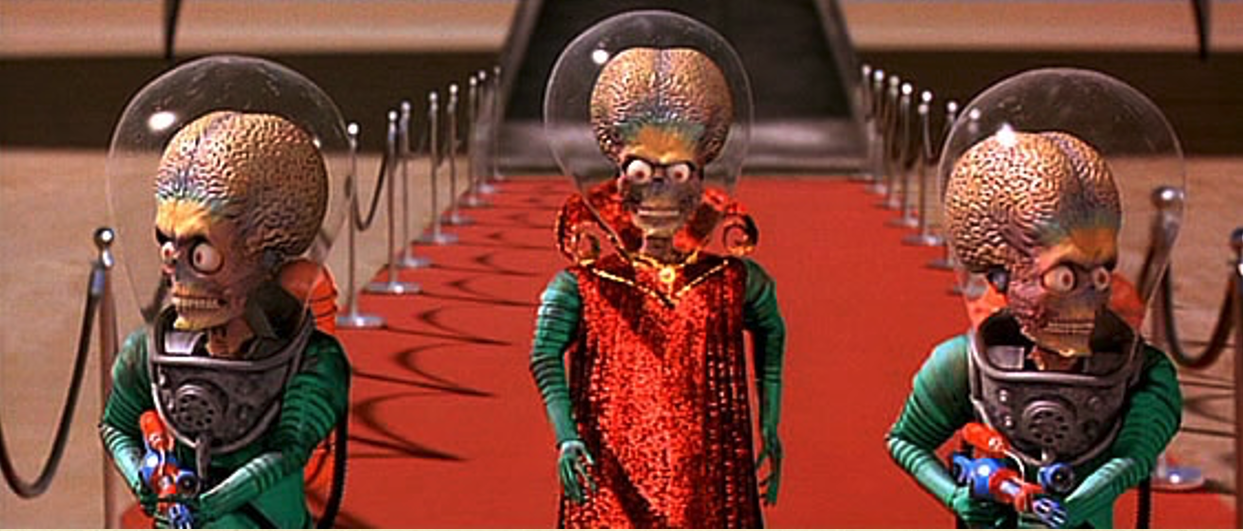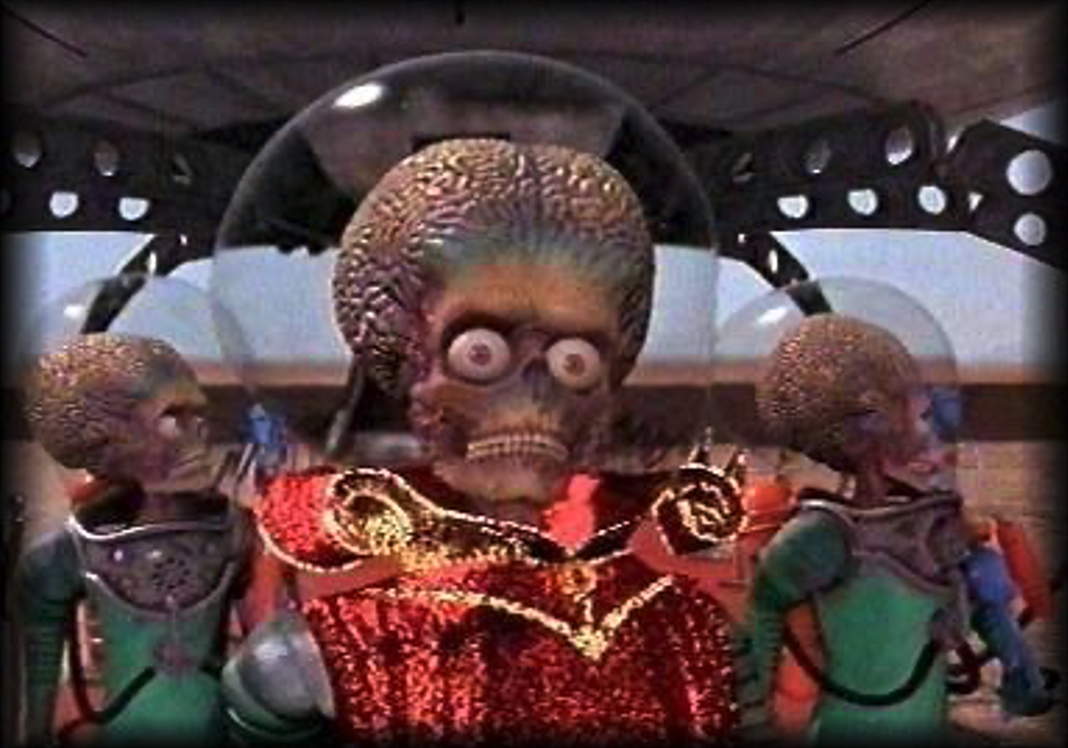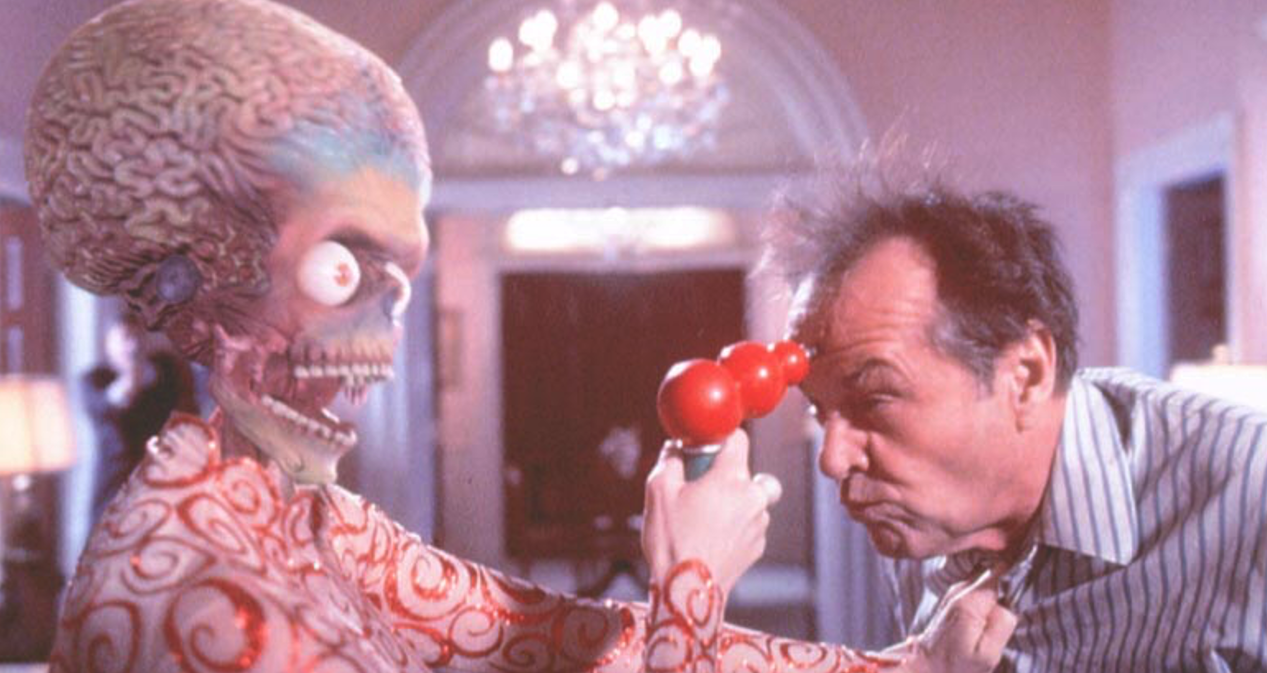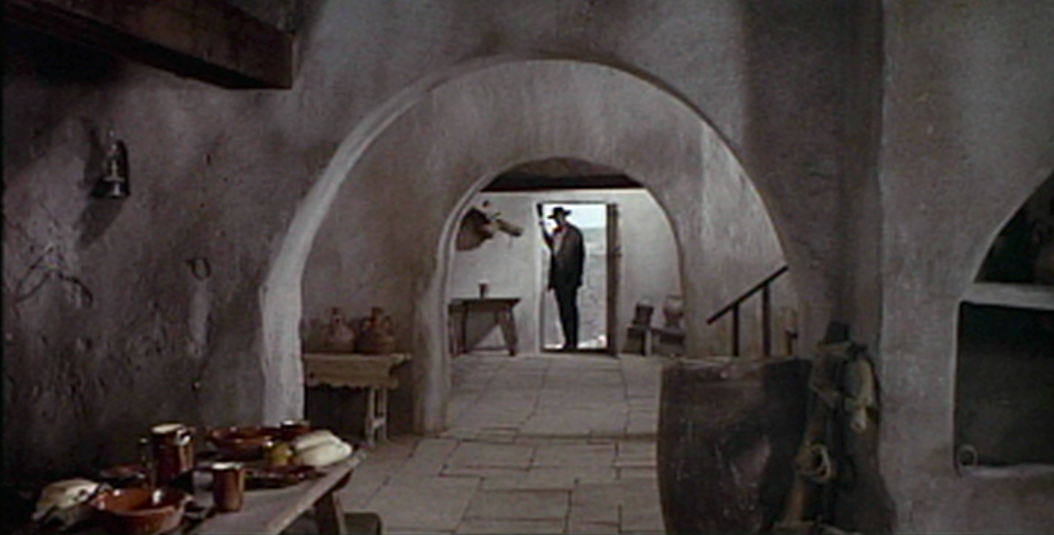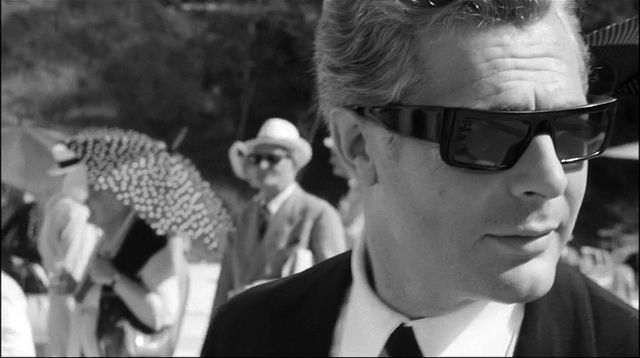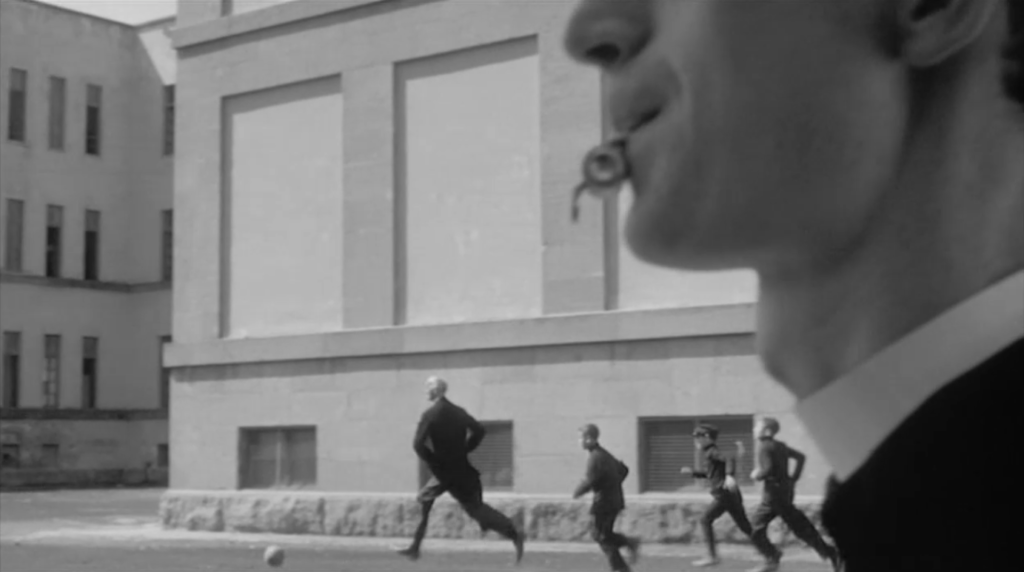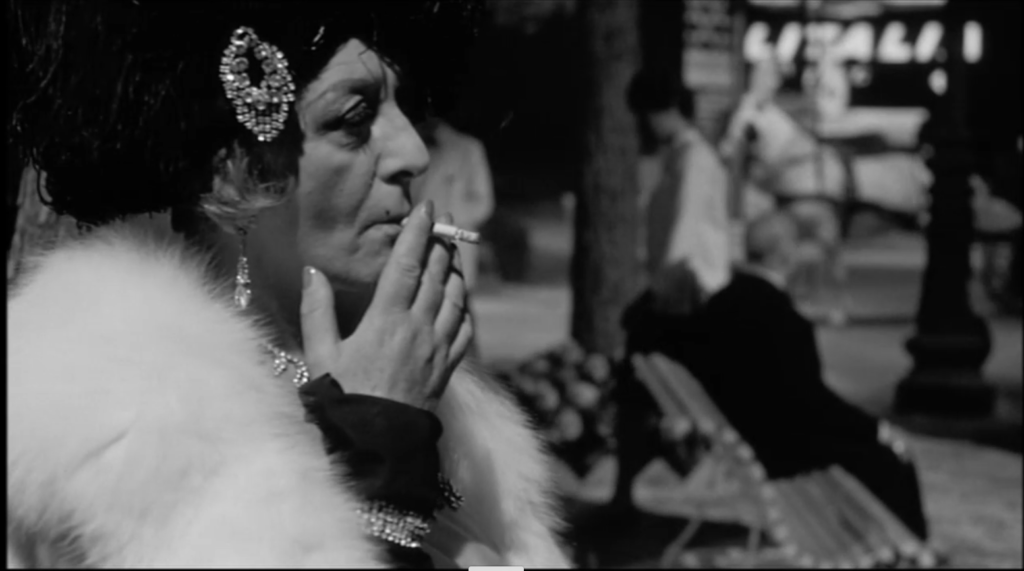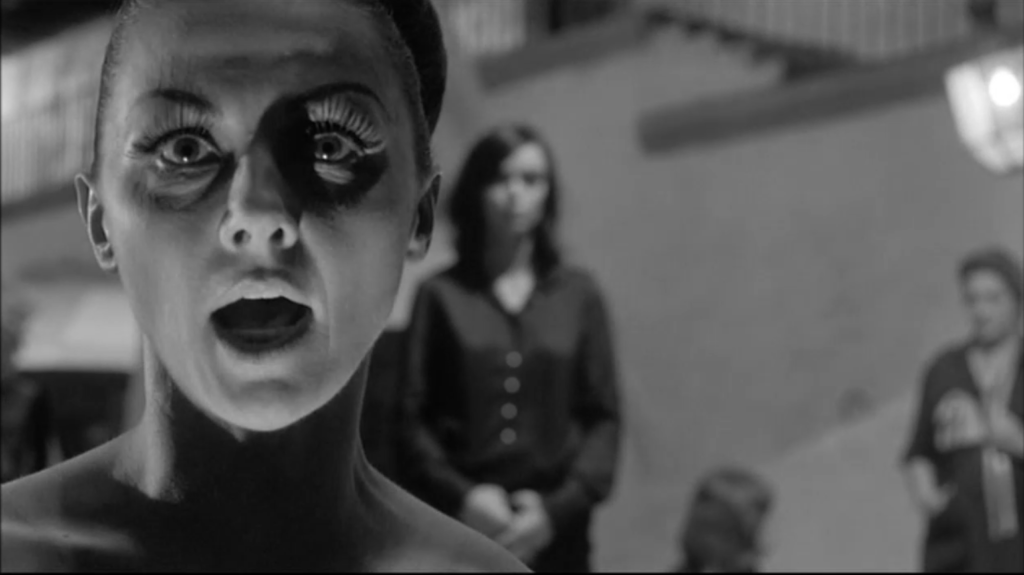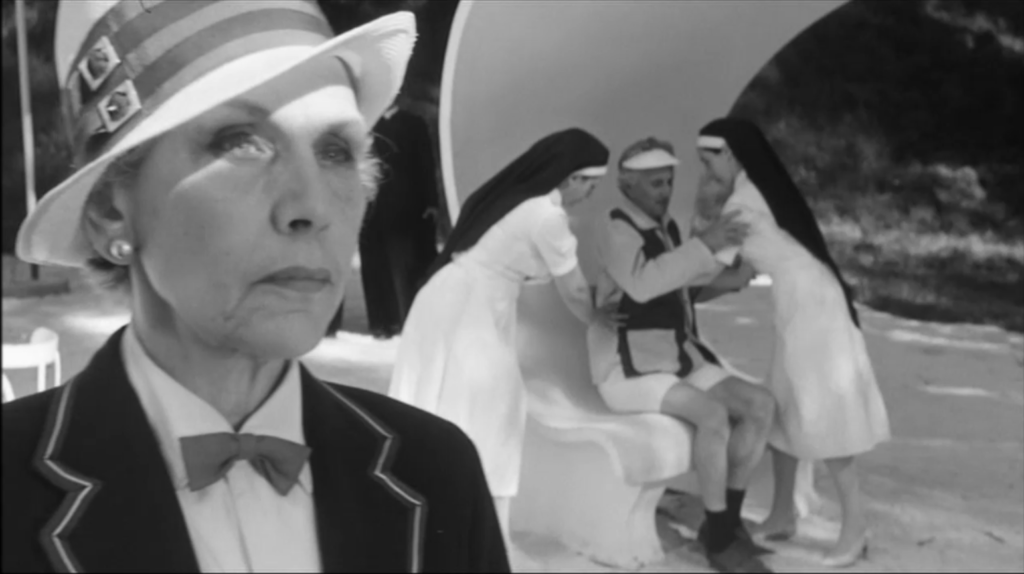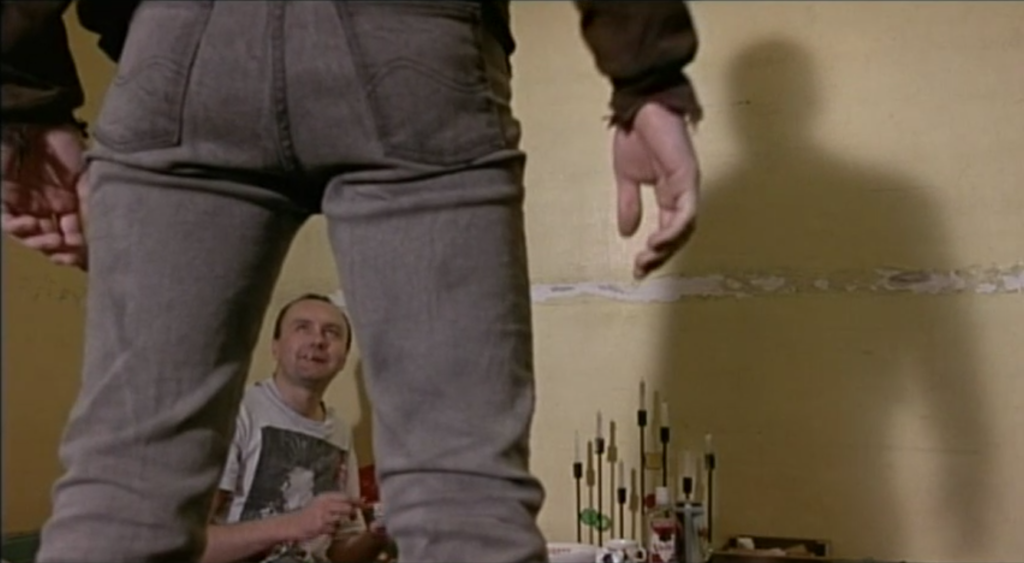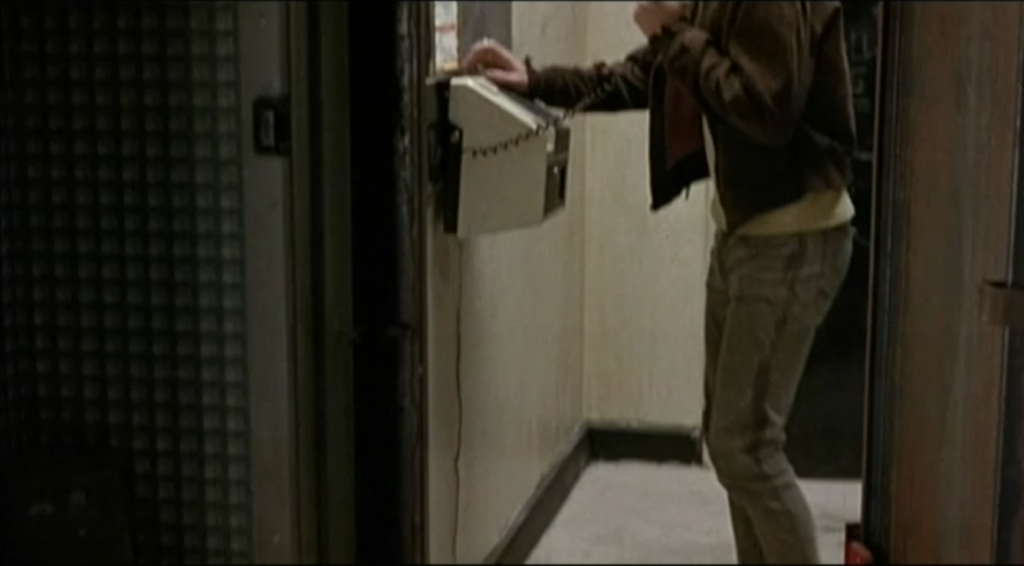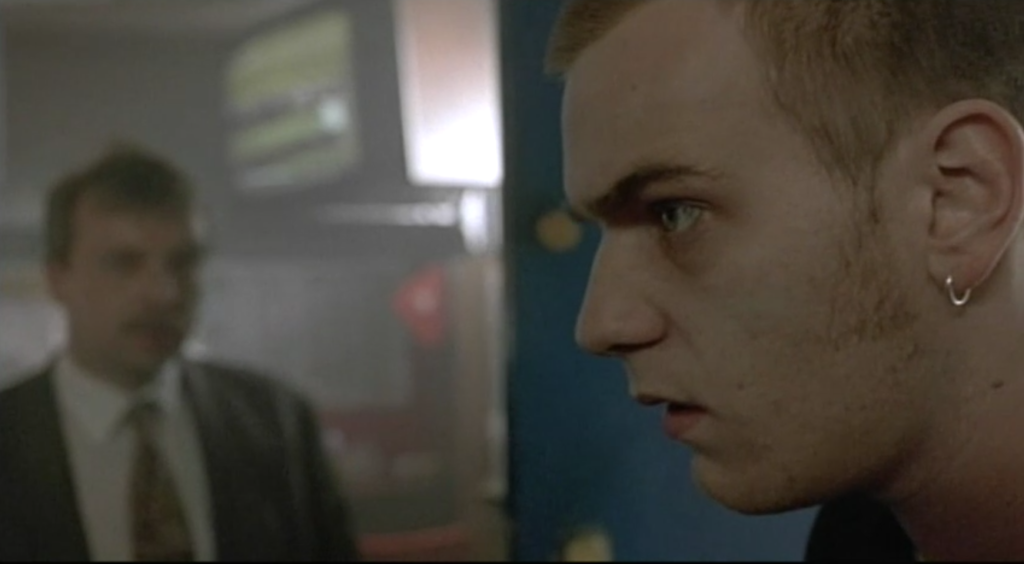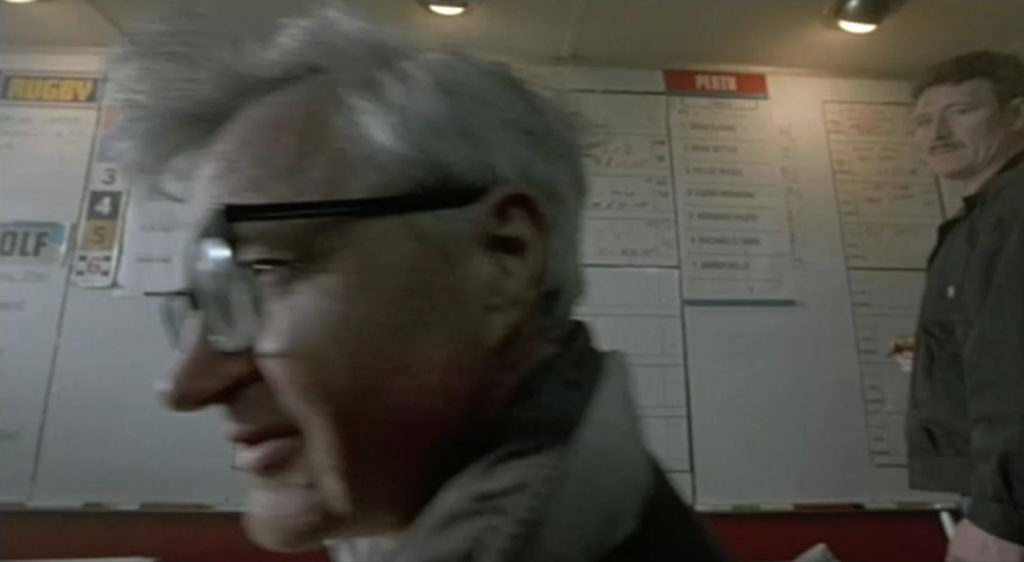Narrative Space
We have already discussed the role of space in narrative in other learning units.
Specifically, we analyzed
How space can help the author structure the story
How space can become a distinctive sign of genres (horror movies, Western, …)
How space can contribute to the description of characters.
This learning unit will, first of all, define space as an integral part of the narration.
In this regard, it needs to differentiate between
Story and Discourse space.
And after that, it will focus on the technical aspect of space in cinematography,What we call “Screen Space”, the organization of the visual elements you actually see on the screen.
Story vs Discourse Space
(Jackob Lothe)
Story Space
Space containing the events and characters of the story, and as this space is presented and developed in the discourse.
Discourse Space
The space of the narrator, which does not need to be explicitly indicated in the text.
The contrast between story and discourse space can help literary authors and filmmakers create powerful effects in their stories.
Screen Space
A film shot is a two-dimensional image that presents a combination of colors and shapes.
The first concept we will use to define and assess cinematographic images is
Balance
Conventional filmmaking tries to achieve a balance in the images that does not interfere with the perception of the film.
Consider the film frame as a horizontal rectangle.
Balance refers to the disposition of the visual element on the right and left halves of the screen.
Examples of balanced images:
Examples of unbalanced composition:
The second criterium to define images is
Depth
Even though we have defined the film image as bidimensional (as it technically is), the film space is can use some three-dimensional cues.
In this regard, we differentiate between shallow space and deep space.
Shallow Space
In the learning unit dedicated to the mise-en-scène, we have already discussed how lighting can create the suggestion of depth.
We learned there that with soft and frontal lighting, cinematographers can avoid sharp shadows – and thus, the effect of depth.
Examples of shallow space:
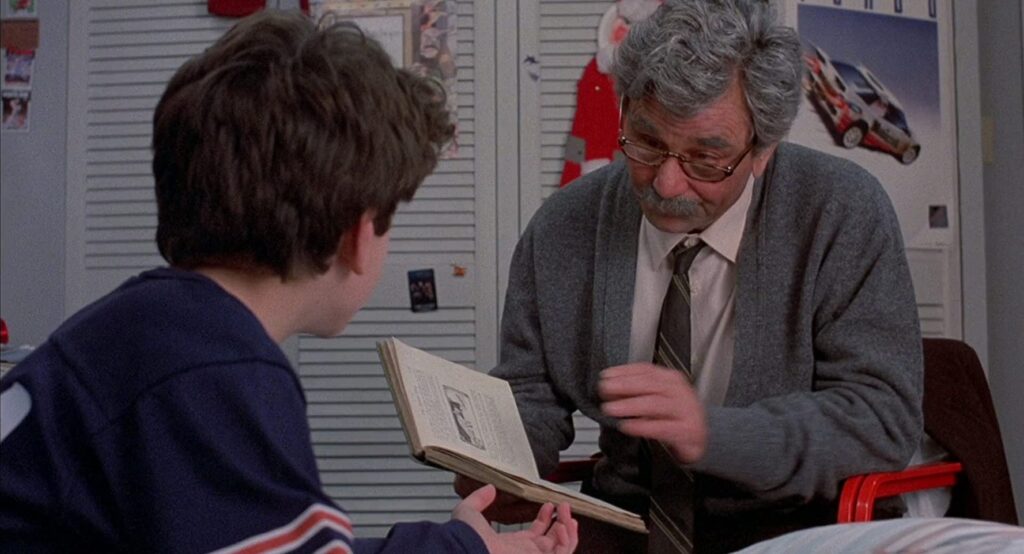
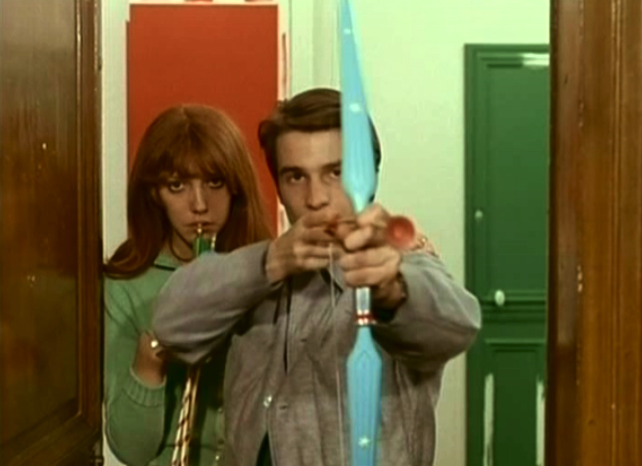
Deep Space
There are different techniques to produce the effect of depth.
The most simple and obvious way is to separate the planes of the composition.
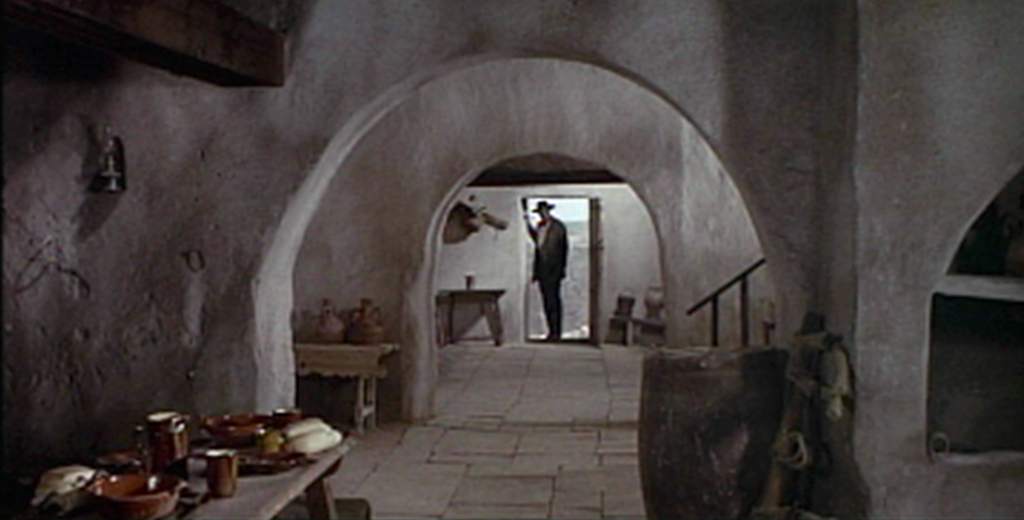
In addition to this obvious technique, we can differentiate three depth cues:
Shape, Shading and Movement.
Shape and shading have already been discussed in the learning unit on the mise-en-scène. can create in a bidimensional image the sensation of volume.
In traditional painting, the effect of volume is also created by the direction of light.
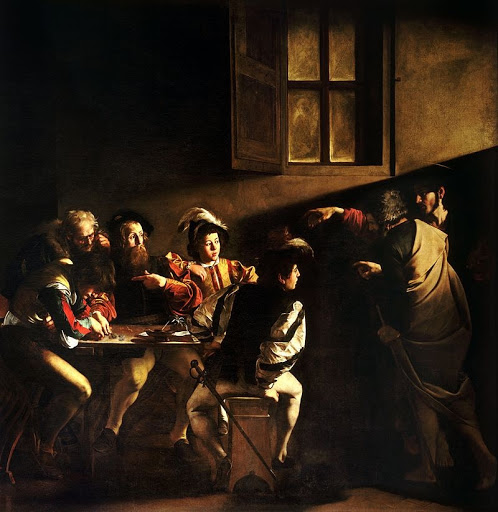
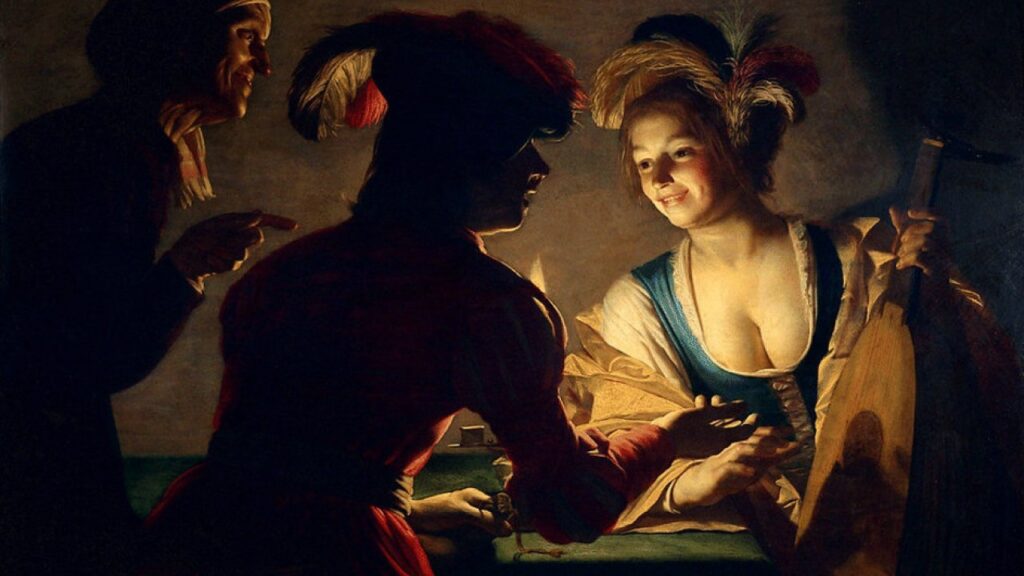
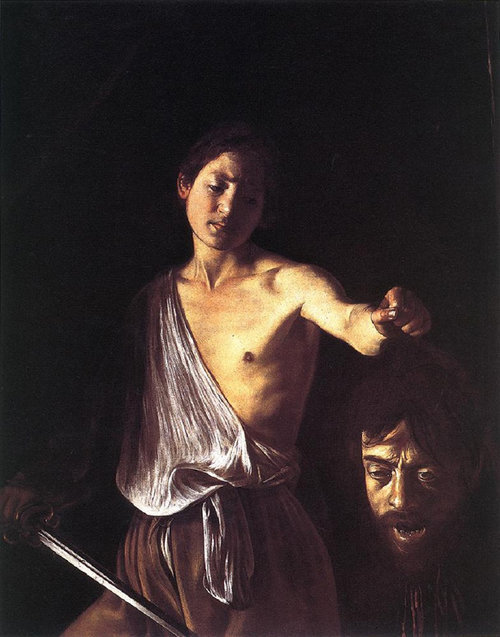
Cross-, back– and underlighting create strong shadows that can create in a bidimensional image the sensation of volume.Such techniques are not necessarily exclusive of cinema.
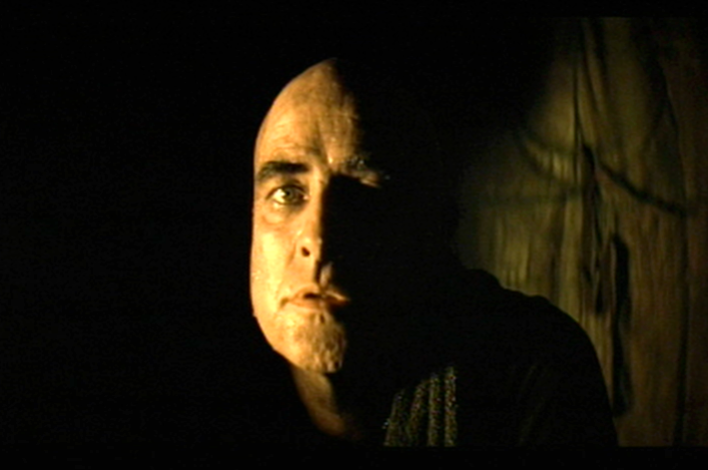
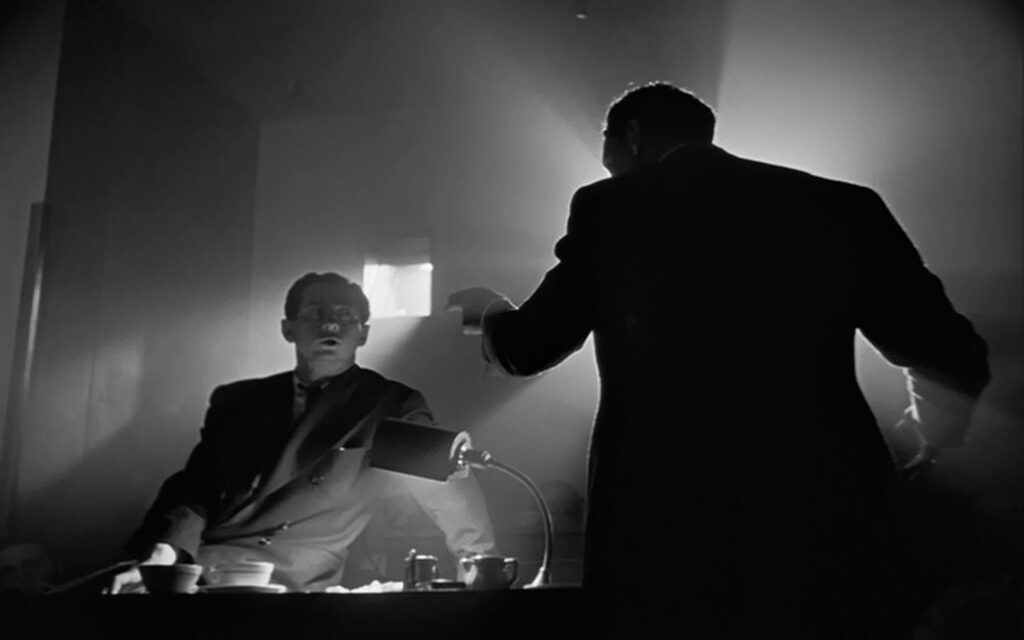
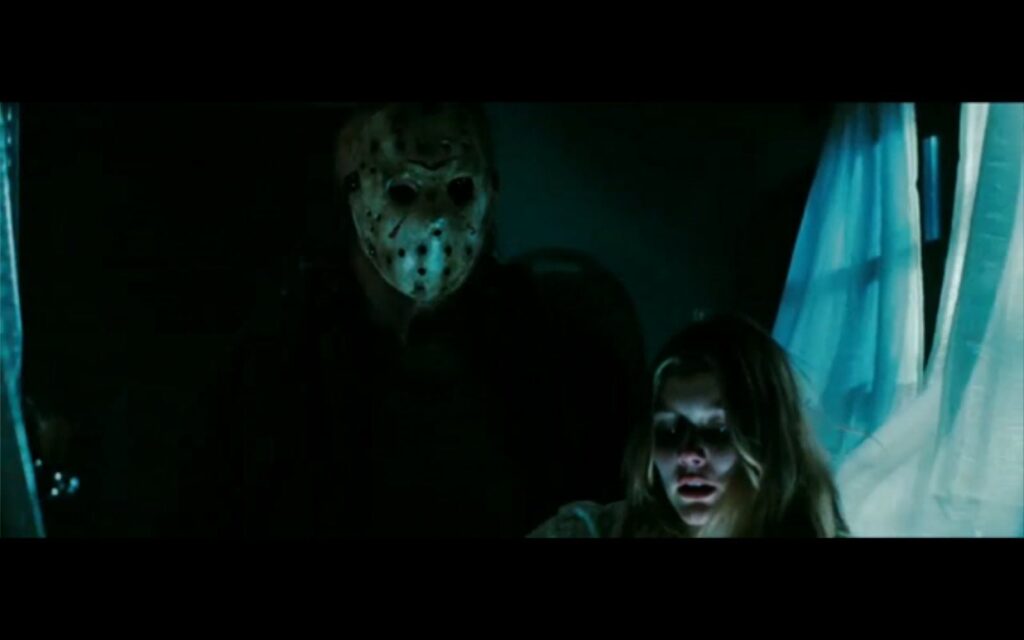
Unique in the cinematic image is the creation of the three-dimensionality through movement, characters, objects or camera movements.
We have already mentioned Orson Welles’s obsession with the deep focus
In Citizen Kane, the filmmaker uses a combination of lighting, and character movements to suggest depth in an almost static long shot, something rather unusual in this movie and in Welles’s work in general. (There is no problem with the audio, I intentionally took it out, so that you can focus on the techniques to create the effect of depth).
Still, the most effective way to create a virtual three-dimensional environment is through camera movements
Any movie directed by Orson Welles will provide you with plenty of examples – but we have seen enough of Welles in this course. We can use another milestone in the film history.
Stanley Kubrick used for the first time systematically in The Shinning the steadicam. Particularly famous is the scene when the camera follows the child playing through the hallways and corridors of the hotel.
Digital editing technologies open broad possibilities for filmmakers to play with the space and enhance new levels of depth in their images.
Movies that heavily relay on digital special effects often exploit the technology to create a complex three-dimensional entirely virtual space.
Here an example of The Lord of the Rings:

